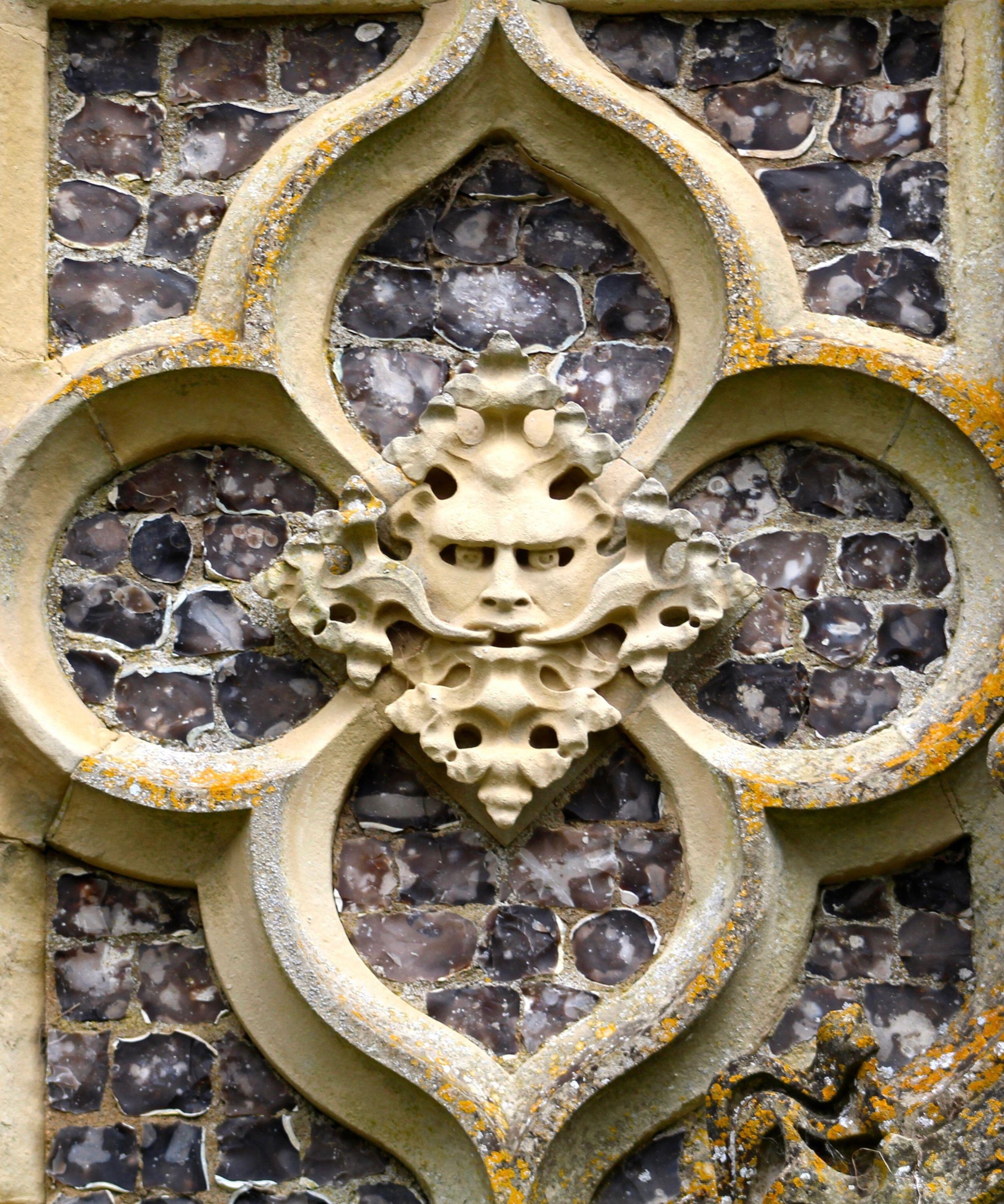Heritage
Welcome to our wonderful church – built through the generosity of the 4th Lord Ashburton and his wife Leonora. Building work began in 1888 and St John’s was consecrated on 15th October 1890. It replaced a smaller church built in 1832 by Edward Hunt of Alresford that in turn had replaced a mediaeval church.
St John’s Northington is a Grade II* listed building and an extremely fine example of late Victorian Church architecture.
Building work began in 1888 and St John's was consecrated on15th October 1890. It is primarily the work of one man - the Architect Sir Thomas Graham Jackson. He was responsible for the design of the exterior and the interior, including the fixtures and fittings. The building remains largely unaltered both inside and out. The result is an integrated whole, including many remarkable features making it a church of extraordinary worth and beauty, much loved by worshippers, the community and visitors. There are wood and stone carvings of the highest quality on the pew ends, choir stalls, the organ and the stone pulpit and its canopy. A magnificent Reredos depicting The Last Supper is at the head of the Church behind the altar.
There is also a large working, counterbalanced candelabra – the centrepiece in the Quire – as well as 3 smaller candelabras in the Nave and wall-mounted candle-holders in the North Aisle; all continue to be used on special occasions. Of further note is the innovative use of concrete in the crypt and tower and in making precast blocks faced with flints to form part of the outer surface of the main walls. The Charles Martin organ was commissioned by the then Lord Ashburton and was installed for the consecration of the church in 1890. There are 7 Bells, 3 of which are from the original church and are dated 1602, 1611, and 1700, (the latter two recast 1890). Currently, there is a full circle of 6 ringing bells and the 1602 bell is installed as a fixed Service bell. The Memorials to the Henley and Baring Families and the weathervane were also all moved from the previous church, which stood on the area to the left of the Memorial Cross, in what is now an extensive car park. There is a Register of all those buried around the old and present churches inside the south door entrance.


